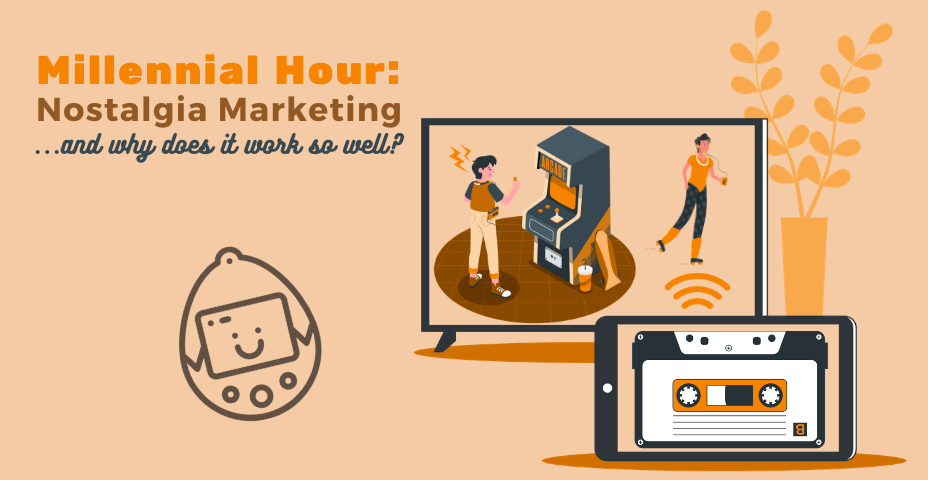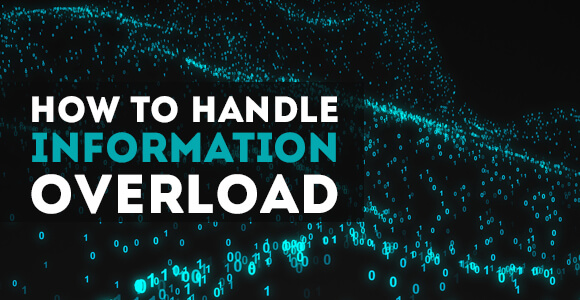It happens when you open your old photo albums.
It’s instantly there when you walk around your childhood neighborhood.
It’s when your parents reminisce about ‘the old days.’
It’s nostalgia — that warm and fuzzy feeling we’ve all experienced. And, much like anything that affects human emotion, marketers have found a way to leverage it. Thus, giving birth to the notion of nostalgia marketing.
They use it in the storytelling for their ads, packaging, website content, their entire content marketing strategy.
Why Nostalgia Is So Powerful
It’s a matter of science
Nostalgia is a response to change. Anything that in some way change our daily routines and way of living can bring about yearning for the past, however old or recent that past may be.
The reason nostalgia feels so good and essentially works so well on millennials, Gen X, and baby boomers is rooted in science. Feelings of nostalgia stimulate blood flow and metabolic activity in certain regions of the brain, primarily the midbrain, paralimbic, limbic, and frontal areas. That’s where the reward centers of the brain are situated.
So, when we have nostalgic experiences, we feel pleasant emotions even if we’ve heard an old song we didn’t like back in the day. We’ll surely like it more now because it’s nostalgic.
The Two Types of Nostalgia
According to Harvard Professor and novelist Svetlana Boym, people experience one of two types of nostalgia:
- Reflective — when we long for the past while accepting it is long over.
- Restorative — when we yearn for how things were, feel like they were better, and long to relive them again.
The Rise of Nostalgia Marketing
… and why it’s focused on millennials
Building a sustainable brand image that people resonate with and love in the long-run is a tricky task. But, since most major brands rely on the ‘parents of tomorrow,’ a.k.a. millennials, trends like nostalgia marketing prove extra efficient in generating traffic and boosting rankings.
Nostalgia marketing taps into the audience’s love for older trends from the past. And since all major brands have used that reminiscent tactic to draw attention, it’s no wonder millennials are buying it. After all, most ads revolve around life in the 1990s, the boom of millennials and the years of their childhood.
With the rise of that trend came the need for more nostalgia-infused copy, and we’ve seen that change in our clients’ requests on our content writing services. Not only visual content can invoke nostalgia, written word can, too!
I’ll let two of my favorite examples of nostalgia marketing do all the (further) talking.
Exhibit A: Child of the 90s
We may all laugh at Internet Explorer, but that ad rules.
If those are the years of your childhood as well (hello, fellow millennial), you can’t be impartial after seeing this ad. It has everything we remember from those days, starting from the Tamagotchis, all the way to the 4-minute bowl haircuts and square floppy discs. The ad has been seen ‘just’ about 50 million times on YouTube so far.
Exhibit B: Loretta
Something brilliant from Google
This ad is brilliant not just because it’s incredibly well made. It’s brilliant because it makes us nostalgic for an experience we don’t already have. Yet it is something we can relate to. It’s something we can reminisce about even if it’s not our own memory.
Love is the most universal of emotions, and Google has made a fantastic job of bringing millions of people to tears in less than 90 seconds. We’ve all known love in some form, and this Super Bowl 2020 ad made us tap into our own love stories which made everything all the more powerful.
The best part?
It’s based on a true story. The man from the ad is the 85-year-old grandfather of a Google employee and he’s the one you hear talking throughout the story. Beautiful, isn’t it?
A New Form of Content
You might want to hire millennial writers to maximize impact
Before I wrap this up, I’d like to make a short point. Okay, maybe two points. First, nostalgia marketing works. Second, you can’t rely on people who don’t understand it to participate in your content creation process. This is why you need creative directors, marketers, and content writers who know. They’ve had their Tamagotchi die, they’ve had half their class with a bowl cut, and they shed a silent tear while watching Loretta.
They know because they lived it. So did we at 411Writers.
Till next time,
T.








